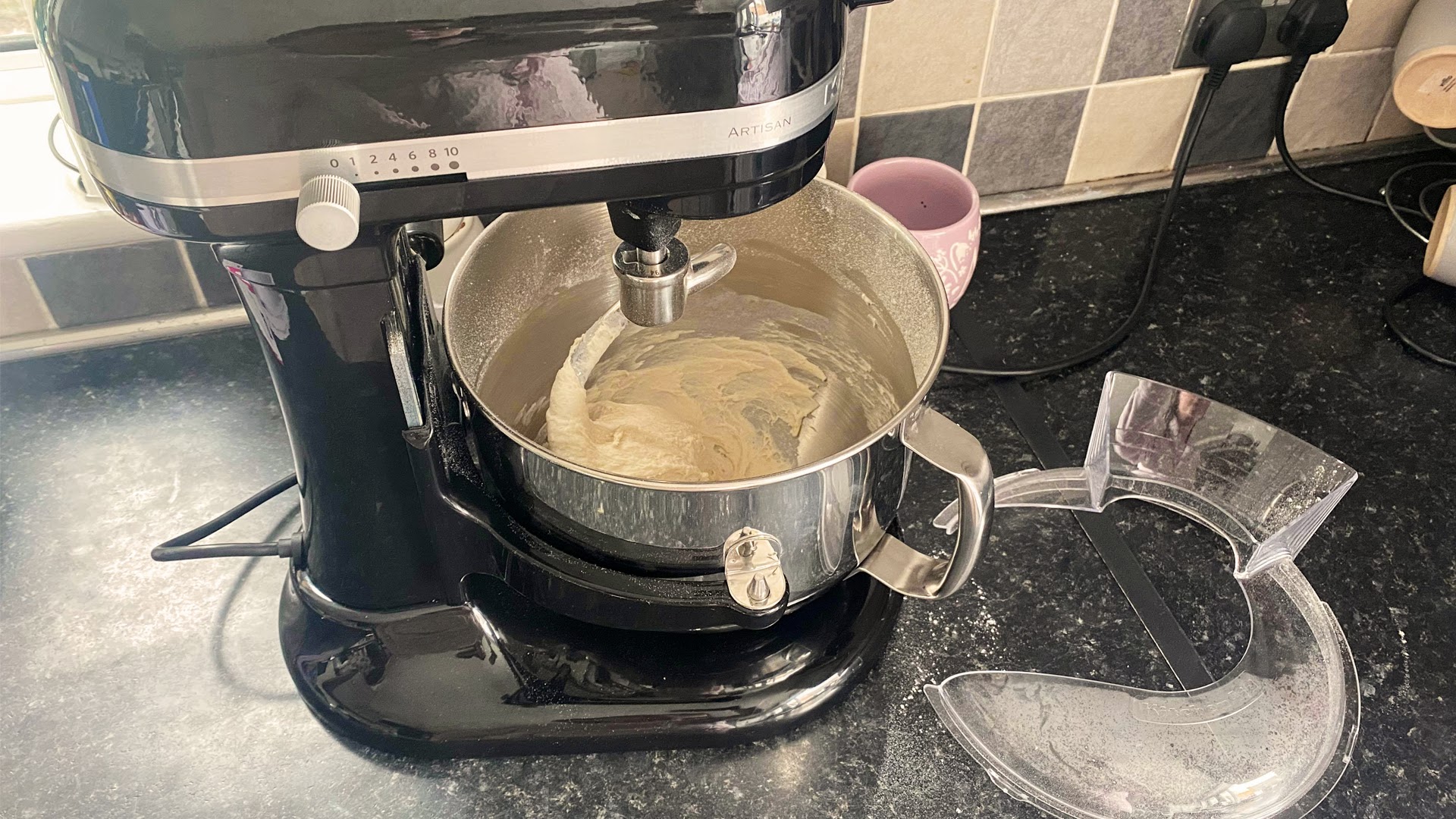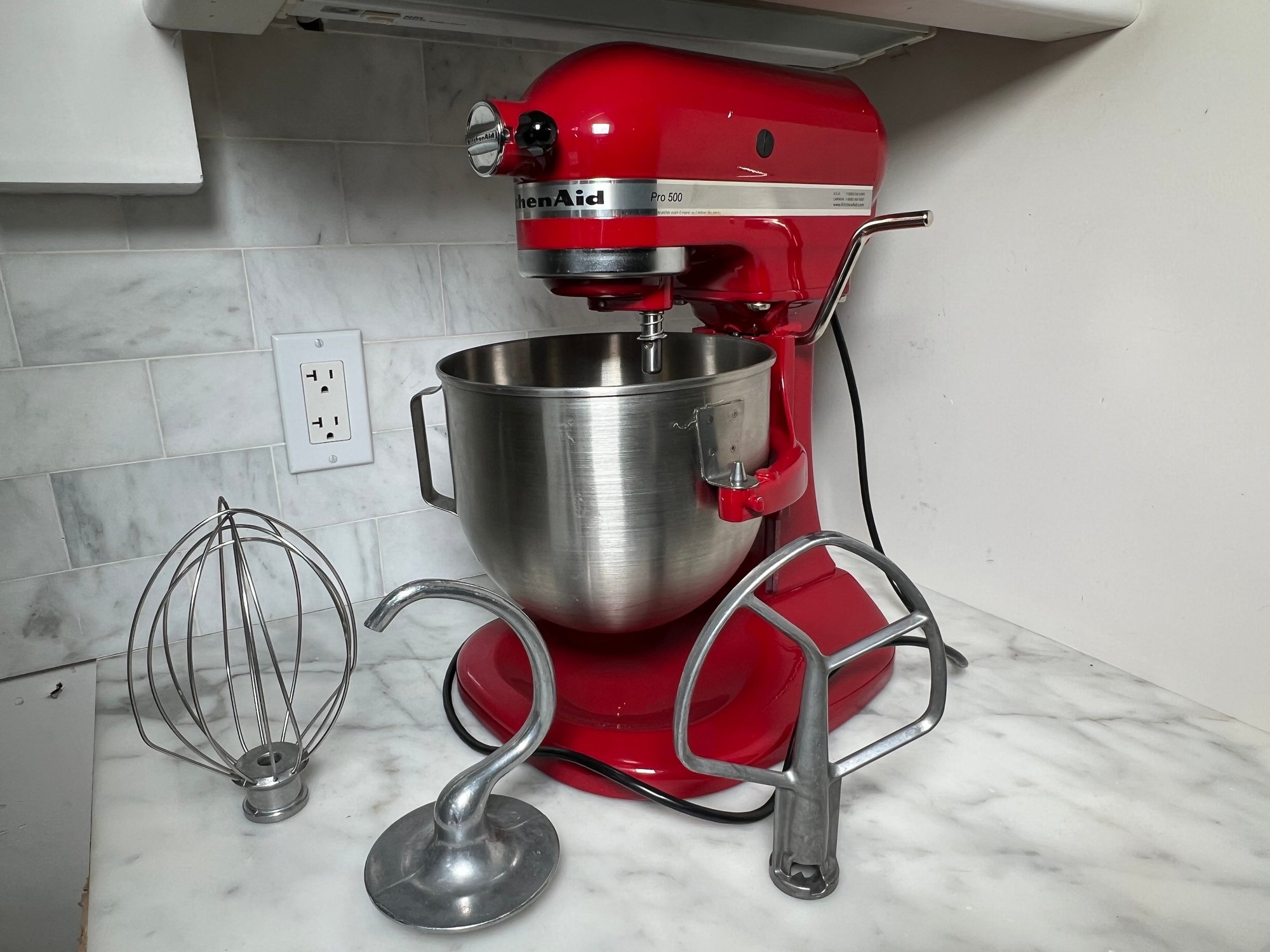Ever marveled at how your stand mixer can effortlessly power through a dense sourdough or whip egg whites into stiff, glossy peaks without breaking a sweat? It’s easy to admire the shiny exterior and the powerful motor, but the real magic happens deep inside, thanks to an unsung hero of kitchen engineering. If you’ve ever wondered What Is The Worm Gear In A Mixer, you’ve come to the right place. As the voice behind Stand Mixer Pro, I’ve spent countless hours with these machines, from unboxing to disassembly, and I’m here to pull back the curtain on this critical component.
A stand mixer is more than just a kitchen appliance; it’s a partner in your culinary adventures. I remember my first one—a classic KitchenAid my parents gifted me for my wedding. It completely changed my baking game. But it wasn’t until years later, when I started tinkering and learning about its mechanics, that I truly appreciated the genius of its design, especially the role of its internal gearing. So, grab a cup of coffee, and let’s dive into the heart of your mixer.
The Heart of the Machine: What Is the Worm Gear in a Mixer?
At its simplest, the worm gear system is a special type of gear arrangement. Think of it like a screw (the “worm”) turning a wheel-like gear (the “worm wheel”). The motor spins the worm at a high speed, and as its threads turn, they mesh with the teeth of the worm wheel, causing it to rotate much more slowly but with incredible force.
This simple mechanism is the key to translating the high-speed, low-power output of the electric motor into the low-speed, high-torque power needed at the attachment hub. It’s the reason your dough hook can knead the stiffest bread dough without stalling. It’s the muscle behind the machine.
According to Eleanor Vance, a product engineer with over 20 years in kitchen appliance design, “The worm gear is a classic engineering solution for applications needing a significant reduction in speed and a massive increase in torque in a compact space. It’s perfectly suited for the demands of a stand mixer, where you need raw power more than you need dizzying speed.”
Why Top Brands Swear By the Worm Gear
Have you ever wondered why brands like KitchenAid have relied on this design for decades? It’s not just tradition; it’s a testament to its effectiveness. A worm gear drive offers several distinct advantages that make it the perfect choice for a heavy-duty kitchen workhorse.
High Torque, Low Speed: The Perfect Combo for Dough
Torque is rotational force. It’s the “oomph” that pushes the dough hook through a heavy mixture. An electric motor on its own spins very fast but has very little torque—you could probably stop it with your fingers (please don’t try!). The worm gear in a mixer acts as a force multiplier. It sacrifices the motor’s high speed to create immense torque, which is exactly what you need for tasks like:
- Kneading dense bread and pizza doughs.
- Mixing thick cookie batters with lots of chunky additions.
- Shredding cooked meats with the flat beater.
Without this gear system, your mixer’s motor would simply burn out trying to perform these demanding jobs.
The Self-Locking Safety Feature
One of the coolest, and often overlooked, features of a worm gear is that it’s typically a one-way street. The worm can easily turn the wheel, but the wheel cannot turn the worm. This means that if the mixer is turned off, the attachment is effectively locked in place. It won’t spin backward under the weight of a heavy dough, providing a subtle but important layer of safety and stability.
A Built-in Failsafe: The Sacrificial Gear
This might sound counterintuitive, but one of the worm gear’s greatest strengths is that it’s designed to fail. I know, it sounds crazy, right? But hear me out. If you severely overload your mixer—say, by trying to knead a triple batch of bagel dough on high speed—something has to give.
In many mixers, particularly classic KitchenAid models, the worm follower gear is made of a softer material (like bronze or even a durable nylon). In an extreme overload scenario, the teeth of this gear will shear off. It will make a sickening grinding noise and the mixer will stop working, but that’s a good thing.
This “sacrificial” gear just saved your expensive motor from burning out. Replacing a gear is a relatively inexpensive repair, whereas replacing a motor is often so costly you might as well buy a new machine. This clever piece of engineering is a testament to a design built for longevity and repairability, not disposability. If you want to learn more about mixer mechanics, you can check out our [Deep Dive into Planetary Mixing Action].
The Telltale Signs of a Failing Worm Gear
Like any mechanical part, a worm gear can wear out over time or fail suddenly due to misuse. If your trusted kitchen companion starts acting up, it might be sending you a signal. Here are the common symptoms:
- A Loud Grinding Noise: This is the most obvious sign. It’s the sound of metal (or what’s left of the gear’s teeth) grinding against metal.
- The Attachment Won’t Turn: The motor might hum, but the whisk or beater remains stationary. This indicates a complete failure of the gear.
- Skipping or Inconsistent Motion: The attachment might turn, then stop, then jerk forward. This suggests some teeth are gone, but a few are still catching.
- Leaking Grease: Sometimes, a failing gear can cause the gearbox to overheat, causing the special grease inside to liquefy and leak out from the attachment hub or seams.
If you notice any of these signs, stop using the mixer immediately to prevent further damage.
Can You Replace a Worm Gear Yourself?
This is a common question, and the answer is: maybe. If you’re mechanically inclined and comfortable opening up appliances, replacing a worm gear in a mixer is a feasible DIY project. There are many tutorials online, and parts are readily available.
However, it’s not a simple plug-and-play fix. The process involves:
- Carefully disassembling the mixer head.
- Cleaning out all of the old, potentially contaminated grease.
- Installing the new gear correctly.
- Repacking the gearbox with the manufacturer-specified amount of food-safe grease. This step is crucial for proper lubrication and heat dissipation.
For most users, I strongly recommend taking it to an authorized service center. They have the right tools, the correct grease, and the experience to do the job right. Think of it as a small investment to protect your much larger investment in the mixer itself. For more advice, see [Our Guide to Stand Mixer Repair].
How to Protect Your Mixer’s Worm Gear and Motor
Prevention is always better than a cure. You can significantly extend the life of your mixer’s gearing by following a few simple rules.
- Don’t Overload the Bowl: Respect the capacity limits listed in your user manual. Trying to mix too much at once puts immense strain on the entire drive train.
- Start Slow, Then Ramp Up: Never start your mixer on a high speed, especially with dry ingredients. Start on the lowest setting to combine everything, then gradually increase the speed as needed.
- Use the Right Speed for the Job: Kneading dough should only be done on speed 2 on most KitchenAid models. Using a higher speed doesn’t make it work faster; it just creates excessive heat and strain on the worm gear in a mixer.
- Listen to Your Machine: If the motor sounds strained or the mixer head is straining and overheating, it’s telling you the load is too heavy. Stop, divide the batch, and proceed with a smaller amount.
Frequently Asked Questions (FAQ)
Q: Why does my mixer get hot when kneading dough?
A: It’s normal for the mixer head to become warm to the touch during prolonged, heavy use like kneading. The motor and the friction within the worm gear system generate heat. However, if it becomes too hot to comfortably touch, you should stop and let it cool down as you may be overloading it.
Q: Is a noisy mixer always a sign the worm gear is failing?
A: Not necessarily. Stand mixers are powerful machines and will make a noticeable amount of noise. A consistent, powerful hum is normal. The sound you need to worry about is a sudden, loud grinding, clanking, or clicking noise that is different from its usual operating sound. That’s a red flag for a potential gear issue.
Q: Do all stand mixers have a worm gear?
A: While very common, especially in tilt-head and bowl-lift models from brands like KitchenAid, not all mixers use this exact system. Some commercial or prosumer models use direct-drive motors or different planetary gear systems. However, the principle of converting high motor speed to high mixing torque remains the same.
Q: What kind of grease is used on a mixer’s worm gear?
A: Mixers use a very specific, food-grade, non-separating grease. It’s much thicker than typical automotive grease and is designed to stay put and provide lubrication for years. You should never substitute another type of grease if you’re attempting a repair.
Q: Does the worm gear impact the planetary mixing action?
A: Absolutely. The worm gear in a mixer is the first step in the power delivery chain. It provides the initial, powerful rotation that is then transferred to the planetary gear set. This planetary system is what rotates the beater on its own axis while also orbiting it around the bowl, ensuring complete coverage.
The Unsung Hero of Your Kitchen
So, the next time you fire up your stand mixer, take a moment to appreciate the incredible engineering hidden within. The humble worm gear is a testament to a design philosophy that prioritizes power, durability, and reliability over all else. It’s the silent, powerful heart of your machine, turning simple ingredients into culinary masterpieces. Understanding what is the worm gear in a mixer is about more than just mechanics; it’s about appreciating the thoughtful design that makes our favorite kitchen appliance a true icon.
Do you have any experiences with your mixer’s gears, good or bad? Share your stories or ask any questions in the comments below! We love to hear from our community of bakers and creators.